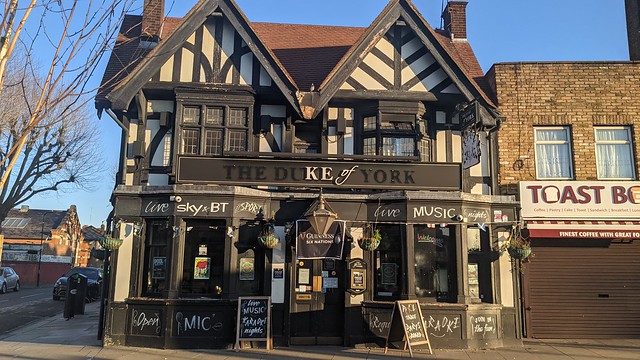I had anticipated announcing the completion of the first part of the Ambiguous Book Project around now. The initial response of "I'm in!" from nearly thirty photographers however has almost doubled thanks to the fine support of the good people at Blurb.
Their Q&A with me prompted a second wave of participants from all around the world. I did contemplate starting-up Ambiguous 2, the Sequel, but felt it little presumptuous as I hadn't even published the first one! In fact the second wave of ambiguants have really enriched the project.
In addition countries represented now extend over the horizon to India, Russia, Ireland, Colombia, Spain, Austria and Australia.
There is also the promise of even more wonderful images to discover.
The only direction I give participants is to interpret the photograph I send them as freely as they wish. In fact it's interesting to consider how much curation is behind this project. At one level there is none. There's no qualification criteria, no committee sitting in judgement, no entry fee, no sponsor to satisfy. It's an entirely open collective effort and I'm just acting as a mailbox.
And yet, and yet...I have to accept that this particular utopia has been founded in my shadow. In the city of Ambiguo there number Blurbarians, Blurberati and Blurbaristas. A significant majority of Monochromists and at least one fundamental Analogue-Monochromist. Romantics rub shoulders with Realists. Watchers flirt with Waiters. Bus Riders vie with Train Catchers. Barflys, Beachbums and Fastfood Junkies indulge themselves...It's my kinda town.
However what's even more of a bonus are the thoughts and words behind those pictures.
I'm delighted that the essence of the project - the capricious, mutating meaning of any photograph - has connected so well. People really spend time, revisiting their archive, mulling, finding a nugget of possibility. I receive emails of frustration. I empathise. I say, I know. It's not easy. But believe me it's worth it! We're building something special.







